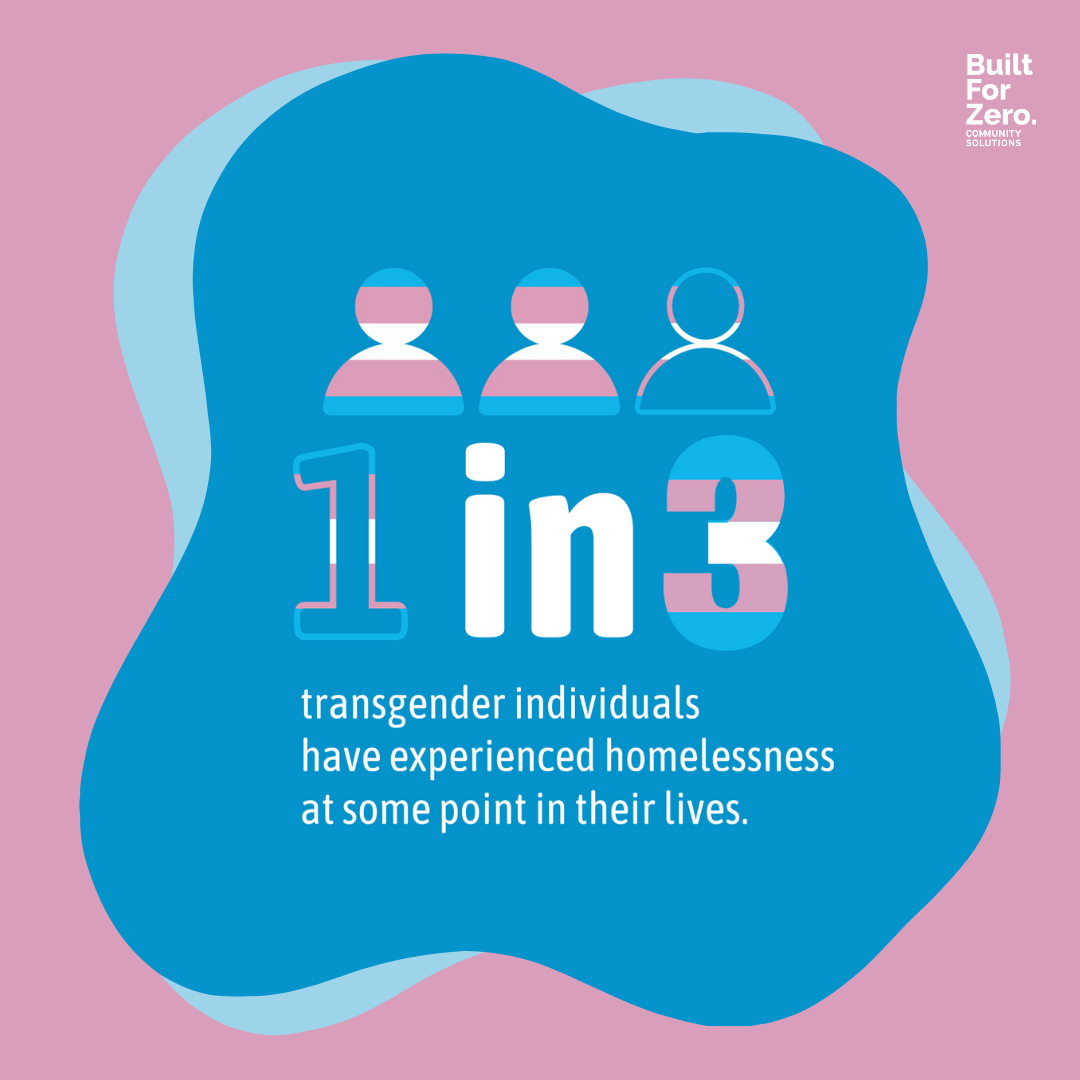Strengthening Transgender Allyship: A Guide For International Transgender Day

Table of Contents
Understanding Transgender Identities and Experiences
What does it mean to be a transgender ally?
Being a transgender ally means actively working to support and advocate for the rights and well-being of transgender individuals. It's more than just passive acceptance; it involves actively challenging discrimination and promoting inclusivity. There's a crucial difference between being an ally and an advocate. An ally offers support and understanding, while an advocate actively participates in changing systems and policies to create a more equitable society. Becoming a true ally requires ongoing learning and education, a commitment to unlearning harmful biases, and consistently challenging transphobic behavior.
Common Misconceptions and Addressing Transphobia
Many misconceptions surround transgender identities. It's vital to debunk these myths and challenge transphobic attitudes. Some common misconceptions include the belief that being transgender is a choice, a mental illness, or a phase. These are harmful stereotypes that fuel discrimination and violence. Transphobic language and behavior, even seemingly small actions like misgendering, have a significant negative impact on transgender individuals' mental health and well-being.
- Gender identity vs. gender expression: Understanding that gender identity (one's internal sense of being male, female, both, or neither) is different from gender expression (how one outwardly presents their gender) is key.
- The difference between sex and gender: Recognizing that sex is assigned at birth based on biological factors, while gender is a social construct and personal identity, is fundamental to understanding transgender experiences.
Resources for learning more about transgender issues include The Trevor Project, GLAAD, and Human Rights Campaign.
Respecting Pronouns and Names
Using correct pronouns and names is a fundamental aspect of showing respect. Misgendering, even unintentionally, can be incredibly hurtful and invalidating. Here are some strategies:
- Ask and listen: Politely ask someone their pronouns and name. Listen attentively and respect their response.
- Practice and repetition: Make a conscious effort to use correct pronouns and names consistently.
- Handle uncertainty gracefully: If unsure, politely ask. If you make a mistake, apologize sincerely and correct yourself. Don't dwell on it; focus on getting it right going forward.
- Correct others: Gently correct others who misgender someone. This shows solidarity and helps create a more respectful environment.
Taking Action to Support the Transgender Community
Advocating for Transgender Rights
Advocating for transgender rights means actively supporting legislation and policies that protect transgender individuals from discrimination. This involves:
- Supporting non-discrimination laws: Advocate for laws that prohibit discrimination based on gender identity in employment, housing, healthcare, and public accommodations.
- Advocating for access to healthcare: Support policies that ensure transgender individuals have access to gender-affirming healthcare, including hormone therapy and surgeries.
- Supporting transgender-inclusive businesses: Patronize businesses that actively support the transgender community and have inclusive policies.
- Getting involved in advocacy groups: Join or support organizations like the ACLU, PFLAG, and local LGBTQ+ groups working to advance transgender rights.
Creating Inclusive Spaces
Creating inclusive spaces involves making conscious changes in your workplace, school, or community to ensure transgender individuals feel safe, respected, and valued. This includes:
- Implementing gender-neutral bathrooms and facilities: Providing access to gender-neutral restrooms and changing rooms is essential for inclusivity.
- Challenging transphobic behavior: When you witness transphobic behavior, speak up and challenge it directly, safely, and appropriately.
- Promoting inclusive language and policies: Use inclusive language in all communications and advocate for policies that promote gender inclusivity.
Educating Yourself and Others
Continuously educating yourself and others is crucial. Share accurate information from reliable sources:
- Books: Read books and articles about transgender experiences and issues.
- Articles: Seek out reputable sources of information, such as scholarly journals and LGBTQ+ organizations.
- Documentaries: Watch documentaries that offer insightful perspectives on transgender lives.
- Workshops and events: Attend workshops and events focused on transgender issues and allyship.
Self-Reflection and Continuous Improvement
Recognizing Your Own Biases and Privileges
Self-reflection is key to becoming a better ally. Acknowledge your own biases and privileges. Understanding how your privilege might impact your interactions with transgender individuals is crucial.
Listening and Learning from Transgender Experiences
Create space for transgender voices. Actively listen to and amplify their experiences and perspectives. Show empathy and understanding.
Committing to Lifelong Allyship
Transgender allyship is an ongoing commitment. Stay informed, continue to learn, and advocate for change throughout your life.
Conclusion
Strengthening transgender allyship is a continuous journey requiring commitment, education, and action. By understanding transgender identities, advocating for their rights, creating inclusive spaces, and engaging in self-reflection, we can build a more supportive and equitable world for transgender individuals. This International Transgender Day of Visibility, let's recommit ourselves to becoming better transgender allies and working towards a future where all individuals are treated with respect and dignity. Let's strengthen our commitment to transgender allyship every day, not just on this special day. Learn more and find resources to strengthen your transgender allyship today!

Featured Posts
-
 Totalitarianism Threat Key Takeaways From Lais Ve Day Speech In Taiwan
May 09, 2025
Totalitarianism Threat Key Takeaways From Lais Ve Day Speech In Taiwan
May 09, 2025 -
 Cryptocurrencys Resilience Navigating The Trade War
May 09, 2025
Cryptocurrencys Resilience Navigating The Trade War
May 09, 2025 -
 Young Thugs Reaction To Not Like U Name Drop After Prison Release
May 09, 2025
Young Thugs Reaction To Not Like U Name Drop After Prison Release
May 09, 2025 -
 Don De Cheveux A Dijon Pour Une Bonne Cause
May 09, 2025
Don De Cheveux A Dijon Pour Une Bonne Cause
May 09, 2025 -
 Falling Iron Ore Prices Chinas Steel Industry Slowdown
May 09, 2025
Falling Iron Ore Prices Chinas Steel Industry Slowdown
May 09, 2025
